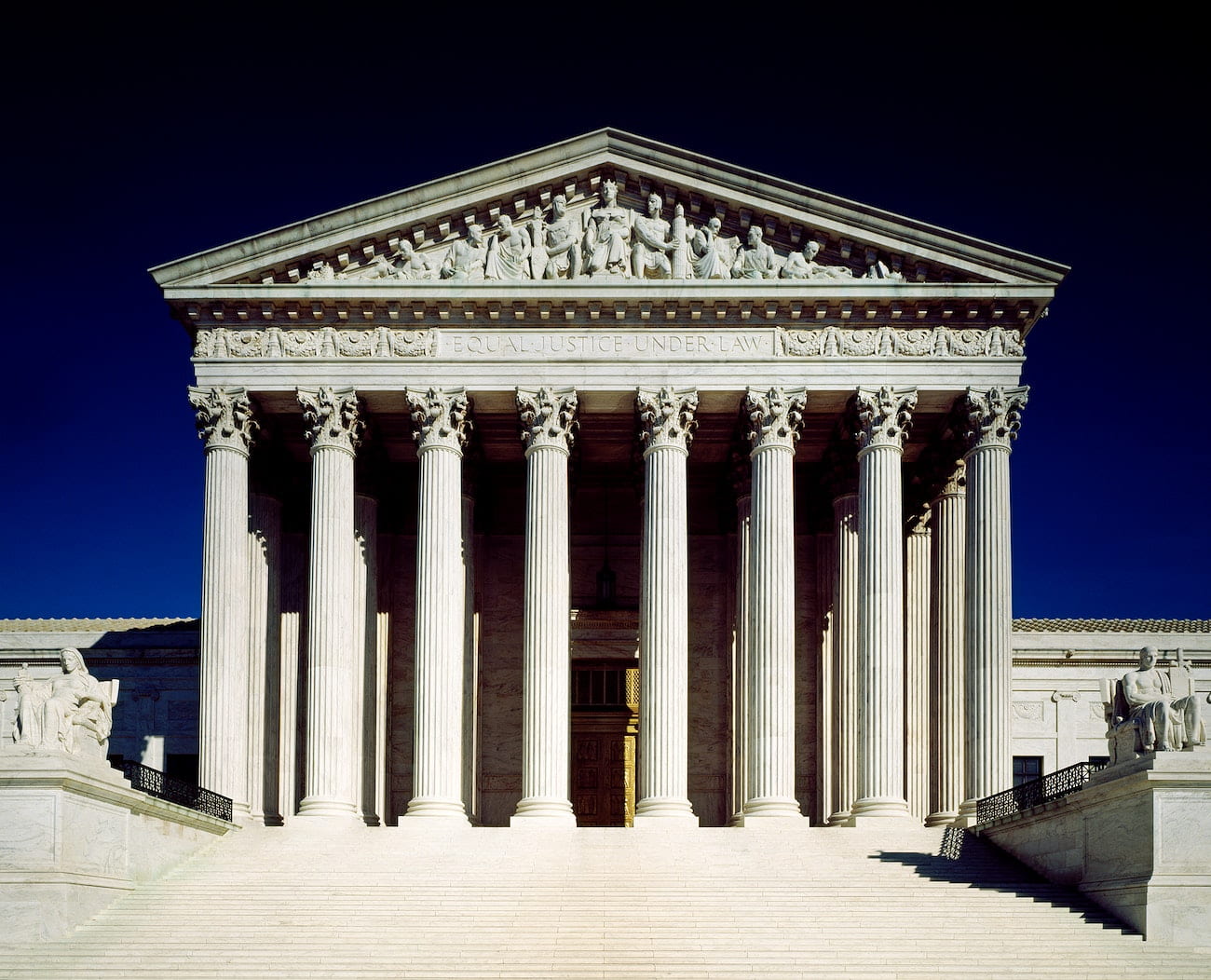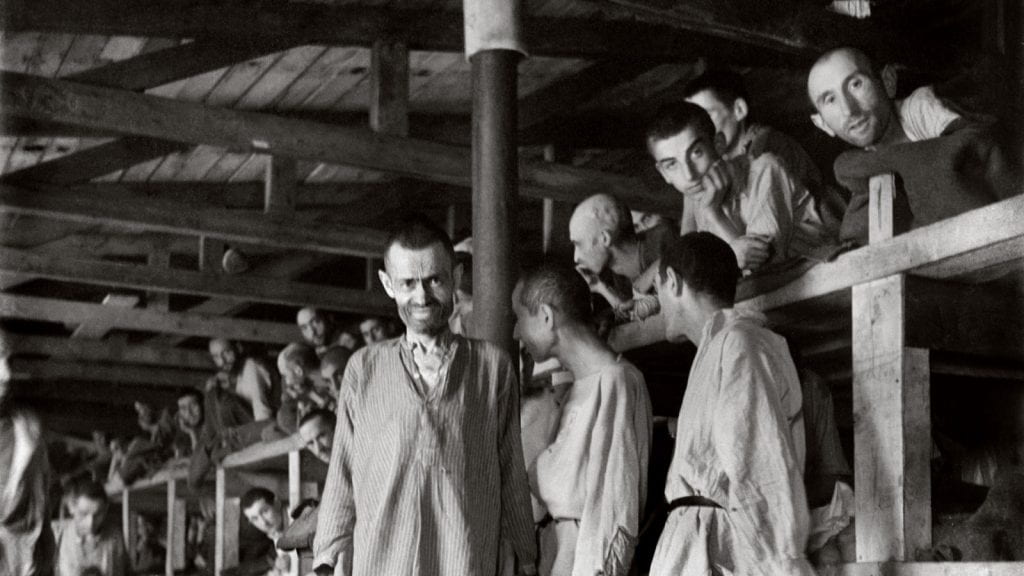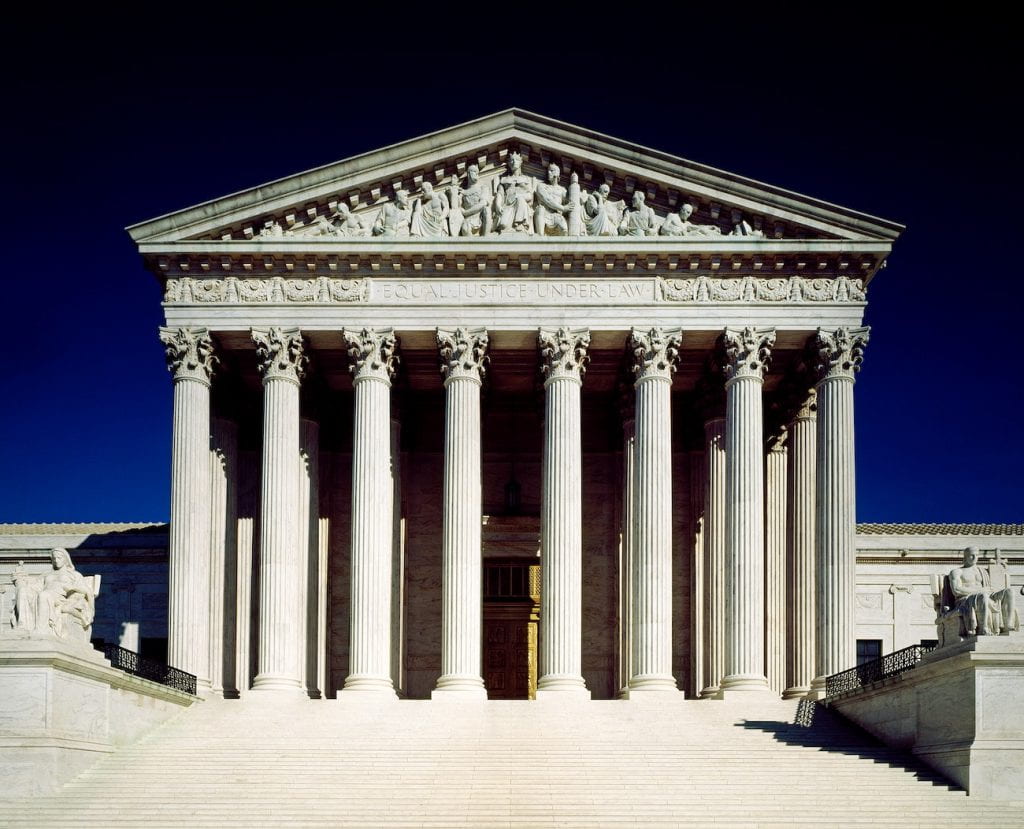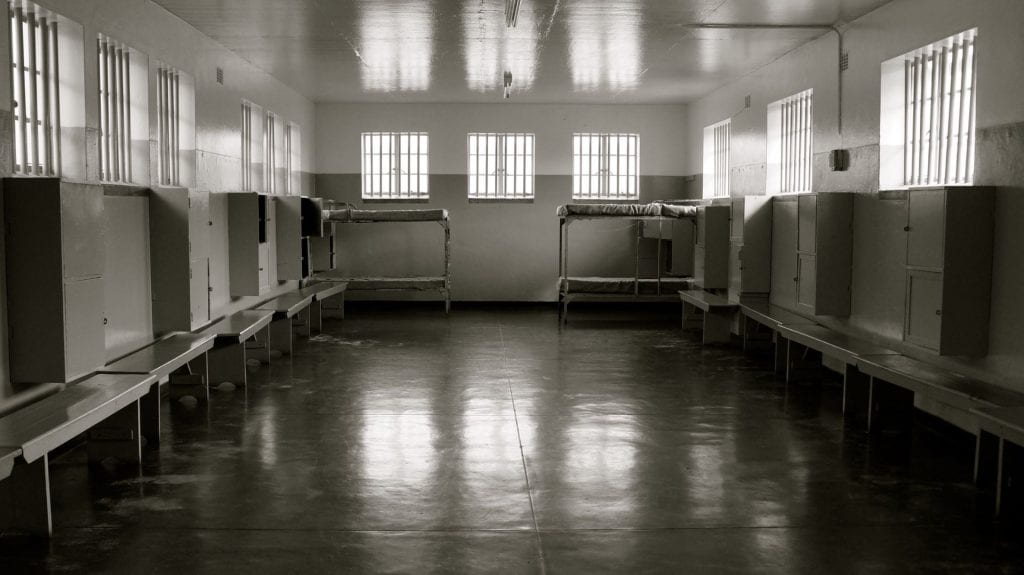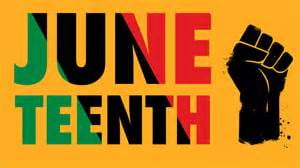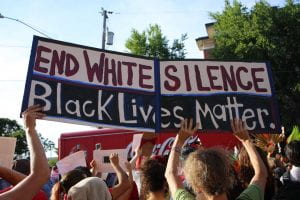by Caitlin Cerillo
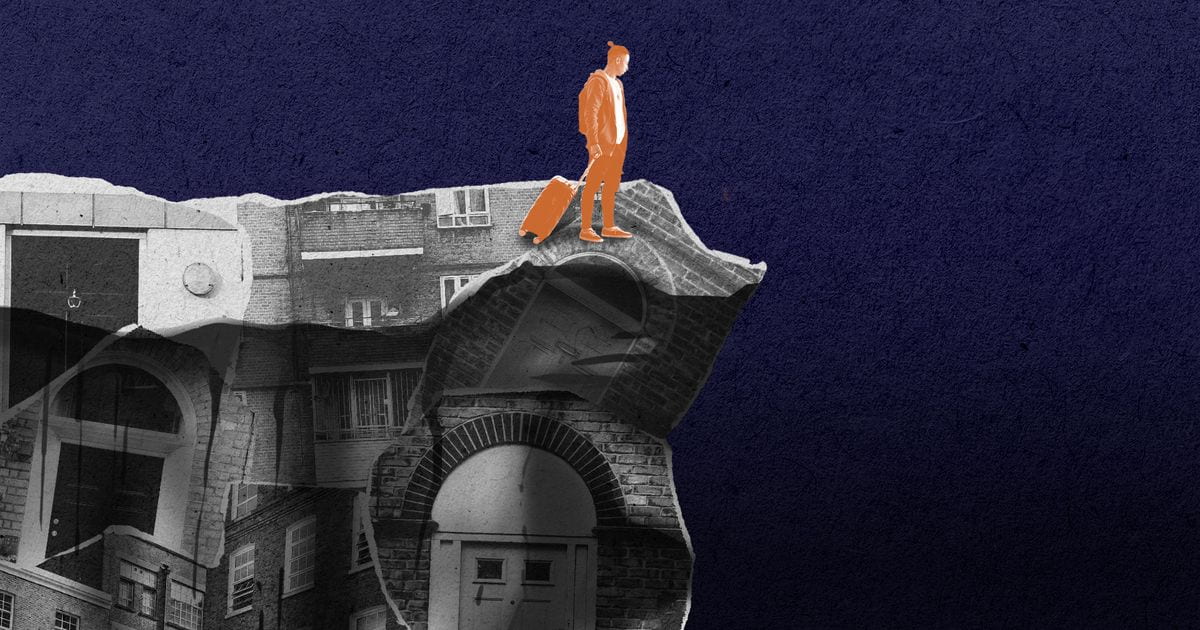
Common Misconceptions
Foster care is typically seen as a temporary living arrangement for children who are vulnerable due to circumstances like conflict in the family or home or until they are permanently adopted into a family. However, this is not the case for the hundreds of thousands currently living in the system in the United States. The average amount of time a child stays in the foster care system is just over a year and a half, with about 30% remaining in the system past two years. Many are awaiting being reunited safely with their biological parents or a relative, as their reasoning for being put in the system could have been due to anything from a parent being hospitalized to a death in the family.
On the other hand, many do not have parents or family members that they can be reunited with. Many children in foster care are subject to harsh living conditions, being moved and relocated multiple times during their time in the system, aging out, and the heightened risks of experiencing abuse and malnutrition, just to name a few. Each of these conditions can be extremely harmful to one’s mental and physical well-being. An estimated 50% of young people in the system possess a higher likelihood, 2.5%, of developing mental health disorders compared to their non-involved counterparts. Intersections of race, gender, sexuality, age, ability, and more play a significant role in the experiences someone in the system may face, which will be discussed in this article.
Overrepresentation in Foster Care
One glaring issue regarding the United States foster care system includes the overrepresentation of children of color. Specifically, Black children are among one of the most overrepresented racial groups in the American foster care system. This poses a problem because Black children represent 23% of the foster care population yet only makeup 14% of the general population in regard to children, according to KIDS Count.
This can be attributed to the social and economic disparities that Black families face. Intersections between race and socioeconomic status contribute to the hardships many Black Americans face, such as barriers created by systemic racism and economic inequality that put them on unequal footing. Systemic racism—also referred to as institutionalized racism—means that practices and behaviors that uphold white supremacy are instilled in all aspects of society. Just to name a few, systemic racism can appear in healthcare, educational, criminal justice, and economic systems. Systemic racism has caused Black Americans to face inequalities when it comes to accessing quality education, equal job opportunities, and housing, which all play a role in overrepresentation in the foster care system. Due to these circumstances, Black children may be more likely to be placed into foster care.
Social workers are professionals whose role is to promote social welfare, advocate for disadvantaged populations, and aid people in overcoming the challenges they are going through. Foster care social workers deal with ensuring the well-being of individuals in foster care by conducting home visits, monitoring the health, security, and academic performance of the child, and consulting with other professionals the child may interact with, such as counselors, teachers, and medical professionals.
Implicit biases are preconceived notions that one can have towards a specific group, which affects the ways in which they interact and view that group. Unfortunately, implicit biases that can be held by social workers have also been attributed to the overrepresentation of Black children. These biases can have an influence on how the social worker may handle cases and lead to disproportionate numbers of Black families being investigated and, as a result, becoming involved in the foster care system.
So, what can be done to correct the implicit biases that may exist among foster care social workers? Implementing diversity within the hiring process can ensure an inclusive environment, which can challenge potential implicit biases. Similarly, policies that ensure inclusivity can foster a proactive decision-making process when dealing with biases. Implicit bias training could also be helpful and open the conversation to important topics like the importance of cultural competence, the impact of stereotypes and microaggressions, intersectionality, and ways to recognize and address implicit biases.
Overcrowding in the System
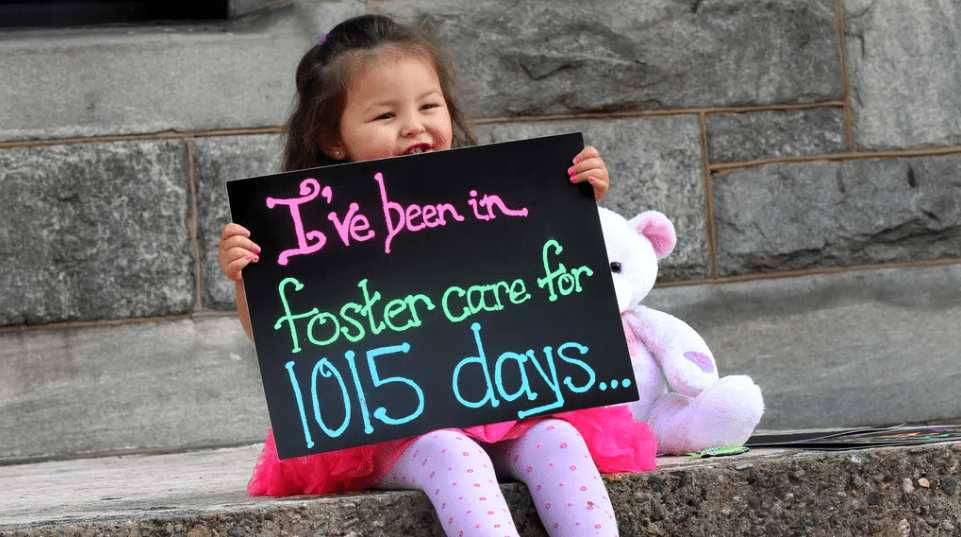
While the number of children in the system has decreased within the last two decades, there are still hundreds of thousands of children who will likely age out. As a foster care child gets older, their likelihood of being adopted into a family decreases. Younger children are more desired among prospective families, with children who are nine or older being much less likely to be adopted, according to the North American Council on Adoptable Children.
An effect of overcrowding is aging out, which occurs when a foster care child turns 18 when they are “emancipated” or no longer granted the protections and resources given to them by the system. Over 23,000 young people age out annually in the United States, which can cause them to be homeless, less likely to have access to educational resources, and often have problems with the transition to adulthood. Additionally, they may become more predisposed to a higher risk of substance abuse and teen pregnancy
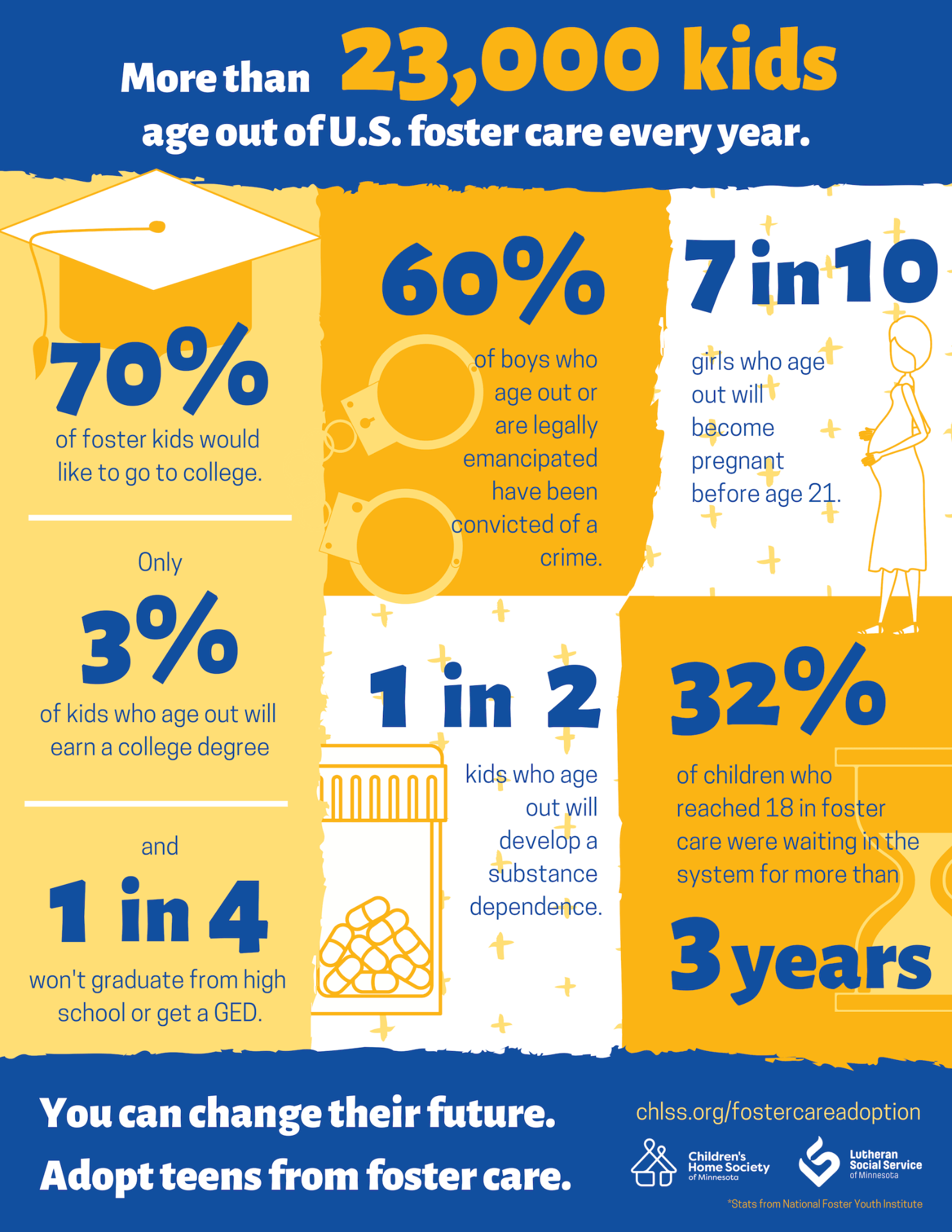
Addressing the problem of overcrowding requires several actions: policy changes and reform, improvements in the system as a whole, and public awareness and advocacy. Allocating appropriate funds to the child welfare and foster care system can ensure equal access to mental health services, supply improved technological systems to keep accurate and efficient data, and offer support services for foster parents. Each of these can benefit all entities involved. Public awareness of the system’s overcrowding issue can help recruit more prospective foster families and individuals seeking to permanently adopt a child.
The Connection Between Abortion Bans and the Foster Care System
In June 2022, Americans saw an overturning of Roe v. Wade by the Supreme Court. Roe v. Wade was a landmark decision passed in 1973, which essentially granted the right to abortion across the country. The 2022 decision to strike down Roe v. Wade has had damaging effects on the already overcrowded foster care system. People who are pro-life and against the right to abortion will commonly use foster care as a proposed alternative to the abortion procedure. However, abortion restrictions have been found to cause a significant increase in the number of children who are put into the system, according to an analysis conducted by Harvard Medical School researchers. This results in more children having less of a chance of being adopted into permanent families and increases the number of people who will most likely age out in the system.
